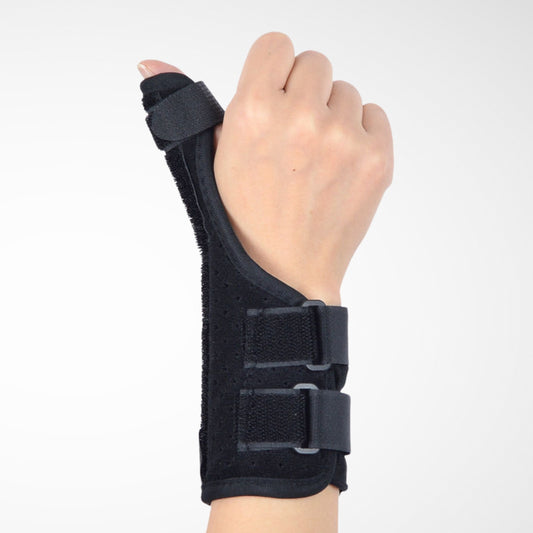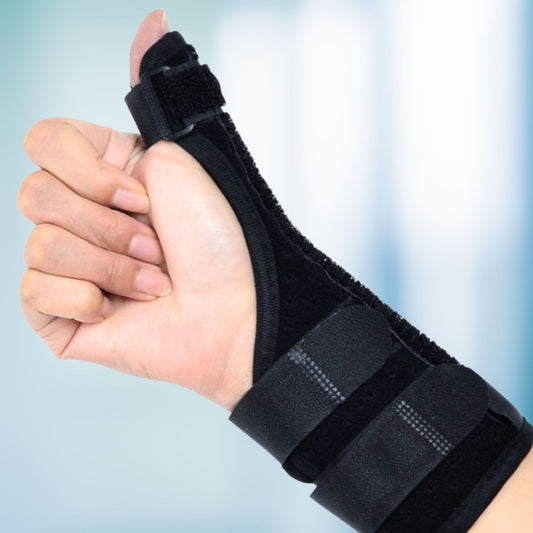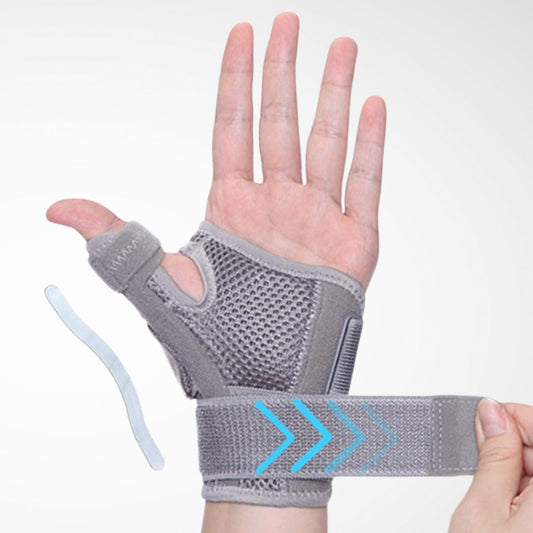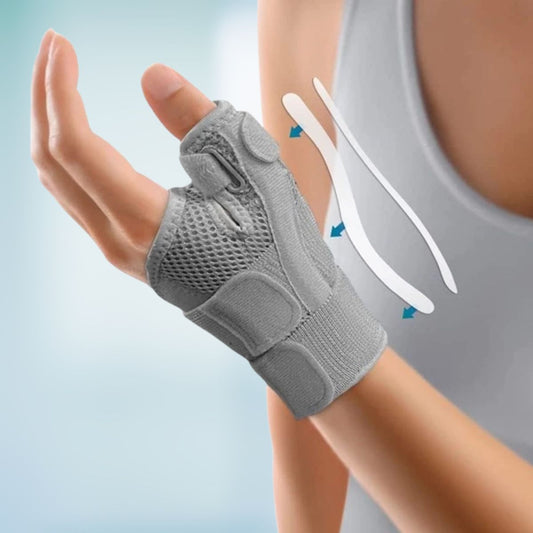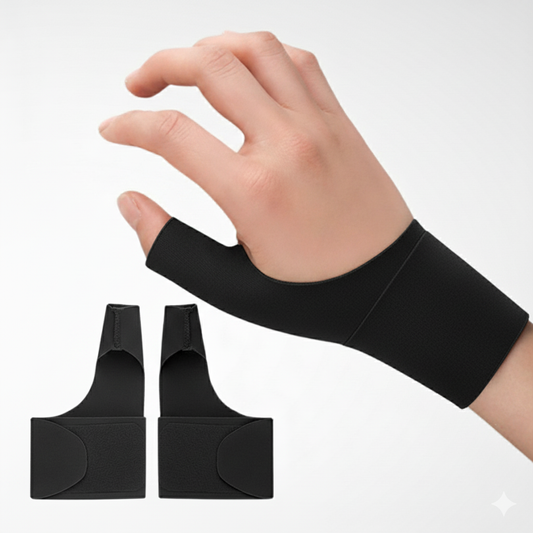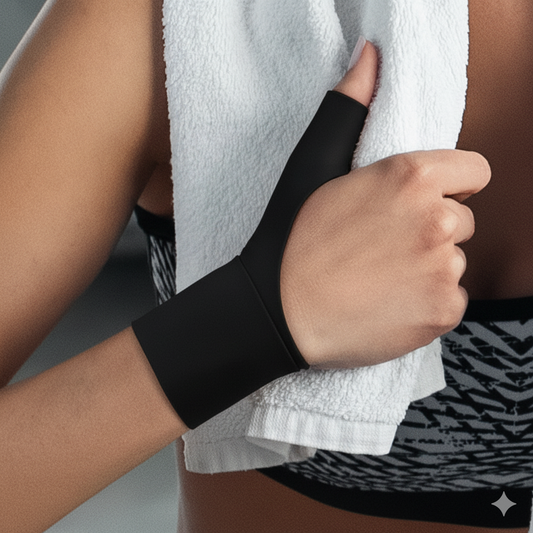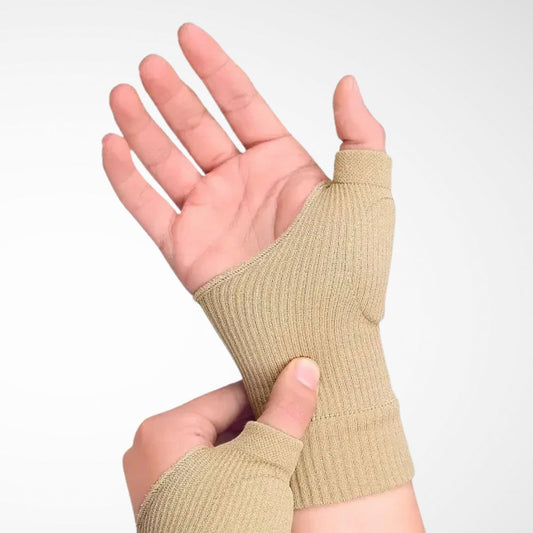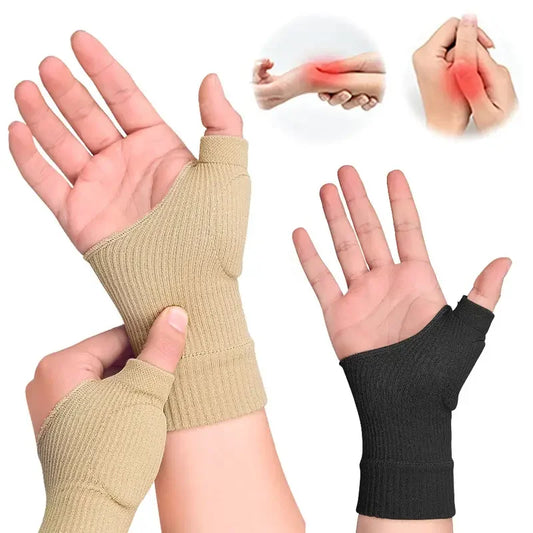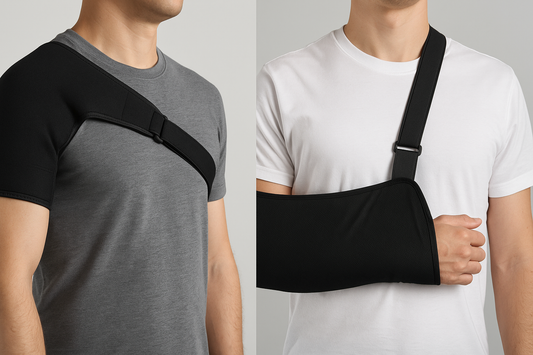You don’t realize how much you use your thumb… until it starts to hurt.
Turning keys, opening jars, scrolling your phone, lifting a cup — suddenly all the little things become frustrating. And for people with thumb arthritis, that pain isn’t just occasional. It’s stubborn, sharp, and strangely exhausting.
If you’ve been told there’s “not much to do except wait for surgery” — don’t believe it just yet.
A good thumb brace might not cure arthritis, but it can make a world of difference in your day-to-day life.
What Is Thumb Arthritis, Exactly?
Most often, it’s osteoarthritis affecting the CMC joint — where your thumb meets your wrist.
As cartilage wears down over time, the joint loses its natural cushion. The result:
- Pain at the base of the thumb
- Swelling and stiffness
- Difficulty gripping or pinching
- A “grinding” sensation with movement
It’s especially common in:
- People over 40
- Women more than men
- Anyone with a history of joint overuse (typing, crafting, manual labor, etc.)
How a Thumb Brace Helps with Arthritis
A thumb brace, or a thumb spica splint, does a few key things:
- Reduces joint movement – limiting the friction that causes pain
- Provides support – taking pressure off weakened cartilage
- Improves alignment – helping the joint sit in a more natural position
- Encourages healing – by reducing inflammation from overuse
Worn consistently, it can:
- Lower daily pain levels
- Prevent flare-ups
- Reduce joint stress during repetitive tasks
When Should You Wear It?
It depends on your routine — but here are smart times to wear your brace:
- During activities that trigger pain (typing, driving, carrying bags)
- While doing chores or hobbies involving grip strength
- At night, to avoid waking up stiff or sore
- During flare-ups, to reduce irritation and let the joint settle down
Some people wear it just a few hours a day. Others use it regularly during high-use periods.
The goal isn’t to immobilize forever — just to protect, reduce pain, and prevent worsening.
What Kind of Thumb Brace Works Best?
Look for these features:
- Thumb spica design: Supports the thumb joint while keeping fingers free
- Adjustable compression: So you can dial in the right level of support
- Breathable material: Especially important for long wear or warmer climates
- Low profile: So it doesn’t interfere with your daily routine
You can browse our thumb braces to see options that balance comfort and stability — including braces suitable for both daily use and overnight support.
What Else Can You Do for Thumb Arthritis?
A thumb brace is a powerful tool — but it works even better when paired with a few other strategies:
- Warm soaks or paraffin wax dips to relax the joint
- Anti-inflammatory gels or ice packs for flare-ups
- Gentle thumb stretches (once pain is controlled)
- Ergonomic tools (like jar openers, key turners, pens with larger grips)
And most importantly: don’t push through pain. That only accelerates wear and inflammation.
When to See a Specialist
If you notice:
- A bony bump developing at the base of your thumb
- Loss of range of motion
- Pain that persists even at rest
- Grip strength declining over time
…it’s a good idea to see a hand specialist. Imaging can confirm the degree of joint damage and help guide long-term options, including injections or surgery if needed.
Final Word
Thumb arthritis can feel small — but it impacts almost everything.
From buttoning a shirt to holding your phone, pain in your thumb can erode the freedom you used to take for granted.
But the right thumb brace can restore some of that freedom.
It doesn’t have to be complicated. Just consistent.
If your thumb has been quietly begging for help, take a look at our Thumb Spica Splints — and give that joint the support it deserves.


